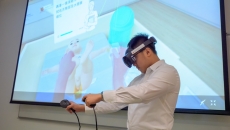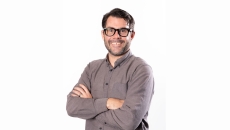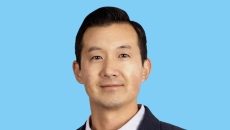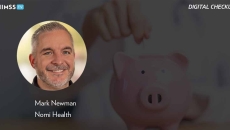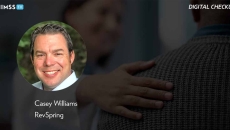Workforce Development
The company launched its AI-powered Digital Workforce, offering lifelike, empathetic digital workers to support healthcare, HR, and sales functions across large enterprises.
Participants reported enhanced knowledge and competence and reduced stress in caring for premature babies.
Hireup opens up its community of disability support workers to meet the expected increase in demand for home aged care support.
Because of this, Bethsaida Hospital Serang has also achieved 96% patient satisfaction.
Dr. Kevin Wong spoke with MobiHealthNews about his plans to help Suki expand its clinical capabilities and drive broader healthcare transformation with emerging AI systems.
Mark Newman, founder and CEO of Nomi Health, recommends driving accountability on fully automating payments for primary care visits to providers. He says there is no reason why they should be delayed or slow.
Customer service representatives interacting with a patient with a $500 balance who can only pay $50, should use that data to give that patient the option to set up 10 payments of $50, says Casey Williams, senior VP of patient engagement at RevSpring.
HIMSS25
Penn Medicine's Anna Schoenbaum says the HIMSS Nursing Innovation Advisory Workgroup, which she co-chairs, has developed AI toolkits and customizable teaching slides to help leaders understand AI's complexity, costs and impact.
HIMSS25
Essex County College's Elvy Vieira says the college is increasing access to health technology jobs by offering a data science degree and credentialing courses, as well as a dual enrollment program for high schoolers.
HIMSS25
Regina Wysocki, senior informatics program manager at Lone Star Communications, says centralizing health system data provides nurses with a "bigger picture" of operations so they can uncover trends that can improve care delivery.
